- Economy
- Education And Career
- Companies & Markets
- Gadgets & Technology
- After Hours
- Healthcare
- Banking & Finance
- Entrepreneurship
- Energy & Infra
- Case Study
- Video
- More
- Sustainability
- Web Exclusive
- Opinion
- Luxury
- Legal
- Property Review
- Cloud
- Blockchain
- Workplace
- Collaboration
- Developer
- Digital India
- Infrastructure
- Work Life Balance
- Test category by sumit
- Sports
- National
- World
- Entertainment
- Lifestyle
- Science
- Health
- Tech
Design: All About The Bling
A peek into some of the trends the Indian jewellery market is witnessing to cater to evolving tastes
Photo Credit :
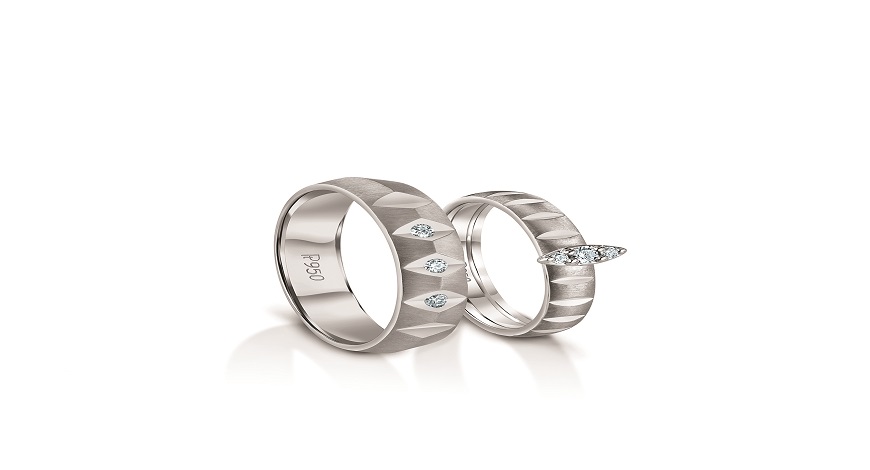
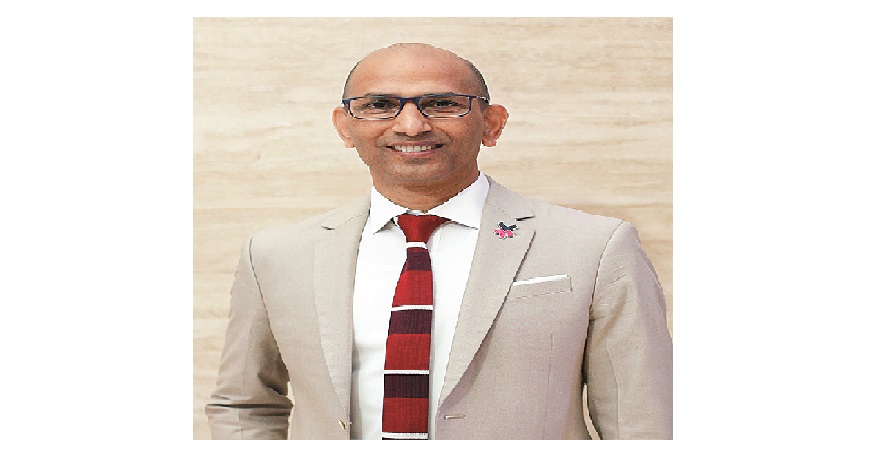
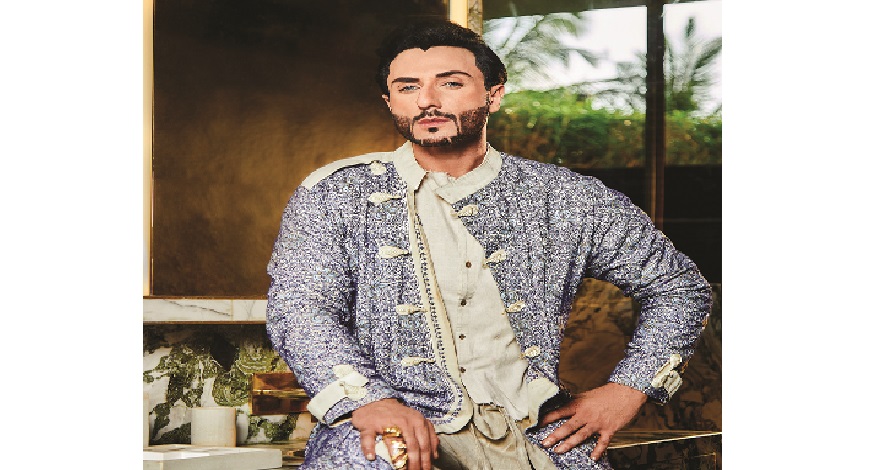
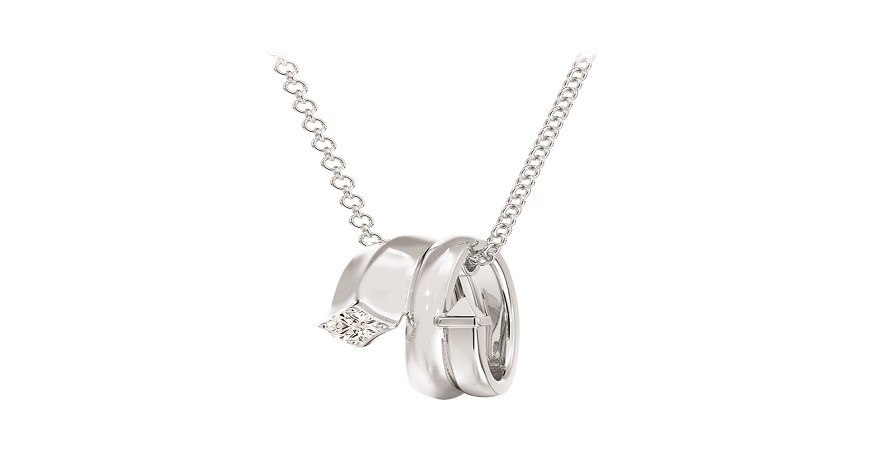
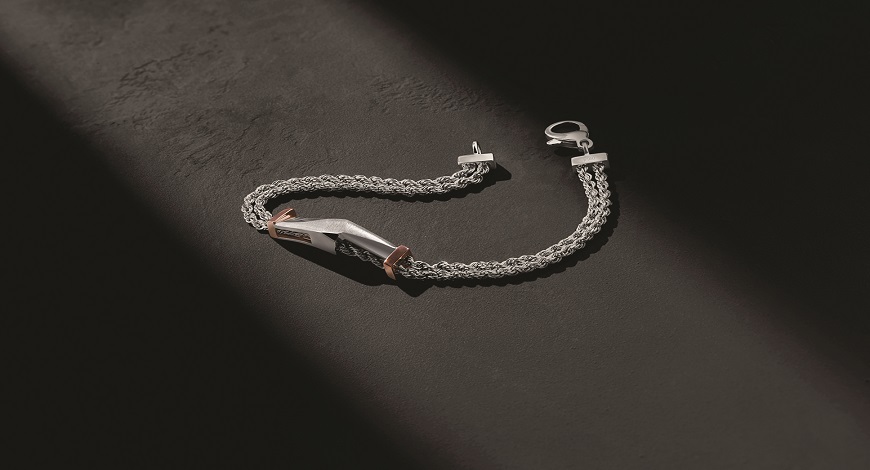
A few days ago, at the gym, on the machine next to me was a man wearing a nose ring. It was a beautiful silver stud shaped like a rose. Later that evening, at dinner with friends I noticed a young couple sitting at the next table, the man was wearing a pearl necklace. The other day, a friend called up to ask for help in picking out a anniversary present for her partner. She finally bought him a stylish Tiffany white gold bracelet. Yesterday, I sat down to watch a bit of television, and there was actor Ranveer Singh with a diamond stud in his ear. This trend of men wearing jewellery is gaining momentum.
If we travel back in time to the Mughal era, we will see that men and women of that time wore outfits and jewellery to indicate their status and place in society. Modern society managed to put each gender in a box, and we carried on like that for a long time. Recently one has started to notice that fashion and jewellery are no longer gender specific.
Another thing that has happened is our tastes have evolved. People are moving away from the heavy ornate shaadi pieces to statement pieces and light every day wear jewellery. People no longer wait for an occasion to buy jewellery, they are buying to celebrate themselves and their little victories. We dive into how consumer tastes have changed and which specific factors will drive growth in the market.
Who is the consumer?
There is a growing demand for sustainable and ethically sourced materials. Companies that invest in responsible sourcing and sustainability are preferred by millennials and Gen Z consumers, says Amit Pratihari, Vice President, De Beers Forevermark.
Pavan Anand, the International Bijoutier caters to the ultra-high net worth clientele. He says the buyer is more expressive and radical now. “The buyer is looking for something even more unique than a Graff or Cartier ! They want something that empowers them. Diamonds are getting larger and coloured. The designs are getting more and more risqué.”
Vaishali Banerjee, MD, Platinum Guild International (PGI) India believes consumers have moved away from predominantly purchasing jewellery for investment to purchasing it to mark emotionally important moments in their lives. Talking about platinum jewellery she says, “Based on PGI’s 2023 Category Health Study by NielsenIQ across 15 markets, the desire to celebrate important occasions, gifts for loved ones, and awareness of its premium quality are the top reasons for purchasing platinum jewellery”.
Numbers speak
Earlier this month there was an announcement of the Aditya Birla Group’s foray into the branded jewellery retail business. With an investment of around Rs 5000 crore, they plan to build large-format exclusive jewellery retail stores across India. The entry of a respectable group into the segment bodes well for the jewellery sector, which is on an upward trajectory.
As per market research, revenue in the jewellery segment in India amounts to
US$ 76.77 bn in 2023. The market is expected to grow annually by 4.93 per cent till 2026. Globally, maximum revenue was generated in India, US$ 76,770.00 mn in 2023.
The Indian jewellery market is currently experiencing a dynamic phase with significant growth potential. The diamond industry has the potential to grow to US$ 75 bn by 2030. Factors such as increasing disposable income, a growing middle-class population, and evolving consumer preferences have contributed to its positive outlook, says Pratihari. To Anand, in addition to the rise of the middle class and global exposure, social media boom, obsession with celebrity culture and the rise of the corporate professional is set to drive growth. Concurring, Banerjee says India is the fourth-largest market for platinum, and 62 per cent of consumers view it as the choice of the current generation. “At the retail level, PGI partners reported a 26 per cent increase in 2022 compared to the previous year,” she adds.
Trends we can expect to see
While customers align with brands that reflect their own values and personal beliefs, reasons for purchase and buying patterns have changed.
Socially conscious purchases
Consumers now are conscious of the ecological and social consequences of their purchase decisions. They prefer buying from a brand that is in tune with their own personal values. They are interested in the source of the product and whom it has impacted on its journey, and how it came into being, says Pratihari.
Branded collections
In India, the jewellery industry is witnessing a trend with the emergence of branded collections. This enables companies to connect with consumers at a deeper level while differentiating themselves from the market, says Banerjee.
“There is an increasing desire among men for contemporary jewellery, particularly with non-traditional alternatives. As demand for men's jewellery is expected to continue growing, industry players are capitalising on this by developing innovative designs and collections tailored to the preferences of male consumers”, she adds. PGI’s Men of Platinum has within just three years, gained significant mind share among young affluent men, with 65 per cent awareness and 56 per cent consideration.
Growth of phygital retail and the metaverse
Pratihari believes, phygital retail will continue to gain momentum providing an enhanced shopping experience. “In fact, with the arrival of Web3, NFTs and the metaverse, the physical and digital worlds will merge in previously unforeseen ways, bringing new virtual shopping, entertainment and socialising experiences to digitally savvy consumers.”
PGI has consistently embraced a digital-first strategy to engage and communicate with its core audience. Digital and social platforms serve as valuable tools for driving design discovery and influencing metal and brand choices, ultimately encouraging customers to visit physical stores, says Banerjee.
Design innovation
As per Anand, jewellery will be more architectural and three dimensional, almost like extensions of the body. People will open their minds to different colours of Gold and we will see jewelled elements not just on the body, but on gadgets and also in interior design, going forward.
Design innovation is a prominent trend that is taking over India's jewellery industry. Collaborating with retail partners offers manufacturers an opportunity to identify new design opportunities and introduce fresh collections that cater to the evolving tastes and preferences of young consumers, says Banerjee.
